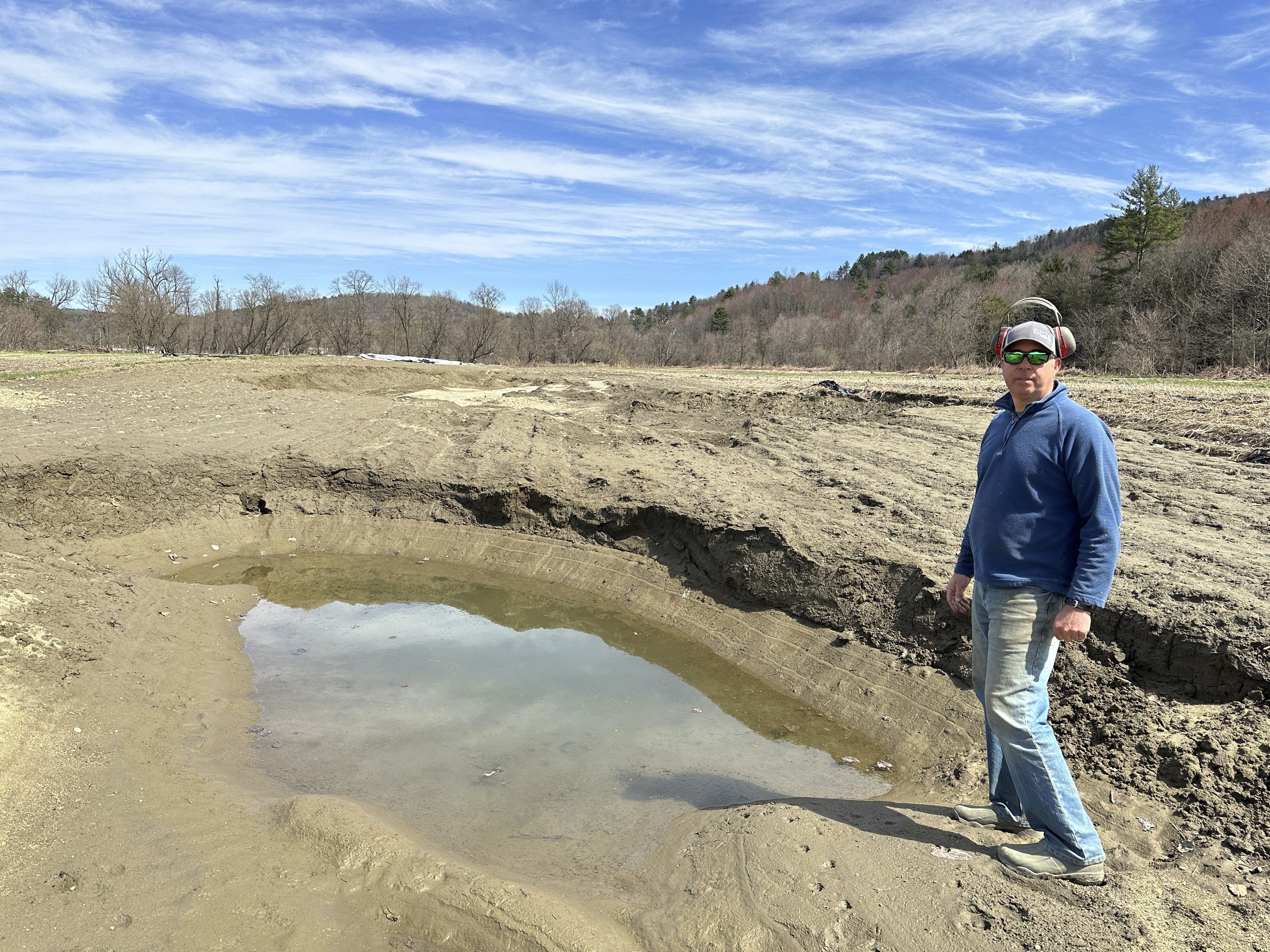Biologists hope a multistate research program will help them determine if West Nile virus could be responsible for a decline in the population of ruffed grouse across the Northeast and other parts of the country.
Vermont hunters are being asked to help collect blood and feather samples from the birds they take this season and submit them to the state so they can be tested for the mosquito-borne illness.
Vermont officials say the virus is considered to be a significant contributor to population declines in Pennsylvania.
Ruffed grouse, sometimes called partridge, are a ground-dwelling game bird known for explosive sounds they make when people get too close to them and they fly off. They can be found in 38 states and 10 Canadian provinces, according to the Fish and Game Department in New Hampshire, where they are the most sought-after small-game species for hunters.
The populations of the birds have been declining in several locations and biologists suspect West Nile, an illness that can also infect people, could be at least partially responsible.
Stresses are adding up because of a loss of suitable habitat, said Benjamin Jones, president and CEO of the Ruffed Grouse Society & American Woodcock Society.
Ruffed grouse need a mixture of young, middle-aged and older forestland for habitat while today's forests are mostly middle-aged, creating concerns about forests' health and sustainability, ``and bellwether wildlife like ruffed grouse are telling us it's an issue,'' Jones wrote in an email.
Vermont
The latest news from around the state
Given the loss of habitat, Jones said, grouse "are more susceptible to many stresses, including West Nile virus." The solution, he said, was "to responsibly manage our forests toward a more natural mix of age classes."
The Southeastern Cooperative Wildlife Disease Study is working with state biologists and veterinarians from the Great Lakes, Mid-Atlantic, Southeast and Northeast to test blood samples from hunter-harvested ruffed grouse.
Vermont is taking part in the project to determine the distribution, prevalence and potential effect of the virus on the bird.
One goal of the program is to estimate West Nile infection rates in wild grouse. Once finalized, the data will be shared with the participating state, said a statement from the project provided by Vermont Fish & Wildlife Biologist Chris Bernier.



